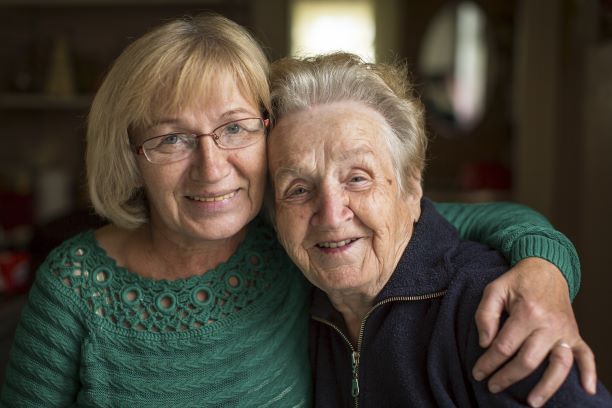People Living with Dementia May Fight Bathing: Compassion, Education Can Help

Many older adults may not bathe as often as younger people think they should, but what about people living with dementia? Here lies a much greater challenge.
People living with Alzheimer’s, or another type of dementia will often refuse or even physically lash out when pushed to shower or bathe. This behavior frustrates well-meaning family caregivers to no end. They worry that their family member may have increased urinary infections or even skin infections when regularly bathing doesn’t happen. Understandably, too, they would like their loved one freshened up, not only for themselves but also for others.
What to do? As with most dementia-related challenges, there are no miracles, and what works one day may not the next. However, there are some things that you can try. Most of these tips stem from increased knowledge about what can trigger rebellion in a person living with dementia. Let’s take a look.
Making bathing easier for people living with dementia (and their caregivers)
Since it’s good practice to try to discover what lies behind your loved one’s behavior you could look at these common factors:
- Embarrassment: My mother-in-law was an extremely modest person and would not let any family member help her bathe. Since she was either afraid of doing it herself or no longer understood the purpose (possibly both), we had a dilemma. What we did was hire an in-home care agency to help with her baths. That seemed to help, at least with the embarrassment. One thing to make clear if you do this is that in most cases a same-sex caregiver is likely best. There are many exceptions, of course, but when possible it’s a good idea.
- Comfort: There are other things that you can do to help with the lack of dignity that comes from having others assist with showering and bathing. Covering the person with a large towel or even specialty covering can help a great deal. This does double duty, too, in that these coverings help keep the person warmer. The idea is to only expose the body part that needs soap and water, do a quick but thorough cleaning, especially in the areas affected by incontinence, and then cover that area and move on.
- Purpose: Above, I alluded above to the fact that my mother-in-law may not have understood the purpose of the bath or why she needed to do this humiliating thing. It may help you to start by saying to your family member, “I feel so good now that I’m all clean from my shower. Your turn!” Of course, that may not help, but it at least gives the person a chance to remember that the shower is for getting clean.
- Fear: Some people have a life-long fear of water, but often even people who once loved being in water can develop this fear once dementia is in charge of their brains. So, go into this with the idea that water pounding down on them may be frightening. A bath might bring on fear, as well, though the sensation is different so you might want to try both to see if one is preferred.
How do you deal with these problems?
There are in-depth resources on both the Alzheimer’s Association and National Institute on Aging (NIA) website to help guide you, but here are some things that caregivers find helpful:
- Make certain that you have everything ready in the bathroom so you can provide your full attention to the person who needs your help. That can include warming up the bathroom, since finding the shower or bath chilling is sure to make them (or nearly anyone) dread the experience. You might experiment with soothing music, as well. Additionally, if there is routine pain relief used, try to time the medication so that their pain level is lower at bath time.
- Try to time the bath when the person with dementia is normally at their best. For many that is earlier in the day, though each person is unique. If you have some idea of what generally works best, try to stay with that routine. Some people say that even though a daily bath isn’t strictly necessary, at some stages of dementia, keeping it as a part of the daily routine makes it automatic so there’s less resistance.
- If practical, you can ask if a shower or bath is preferred though your experience with them may have shown you that one or the other is the wisest approach. You are the expert when it comes to your relative.
- We all want to feel competent, so if the person you are helping can do some of the steps safely, allow them space and privacy to do this.
- Many caregivers use terms such as “spa time” when mentioning bathing. Making it seem like a treat rather than a chore can be helpful.
- Don’t be too rigid. There are bound to be days when it’s easier to just let a bath slide. You can purchase large wipes made to clean adults so these can take care of any true hygiene worries. A full-body bath or shower really isn’t necessary every day or even several times a week. This goes for your emotional health, too. If there’s a day when you can’t face it, that’s okay. Just do what needs to be done and move on. No guilt.
Education, experimentation, and flexibility are key to a decent bath experience. If it’s just too tough on you, consider hiring a caregiver through an agency to come in once a week for bathing while you do the rest with cleansing wipes, warm washcloths for the face, and other tools. You aren’t failing as a caregiver if you get some help. You are being practical, which is something all caregivers need to strive for in order to make it through this long journey.
***
Discover the Difference. EGOSAN - the Top-Rated incontinence brand from Italy. Now Available on Amazon.




